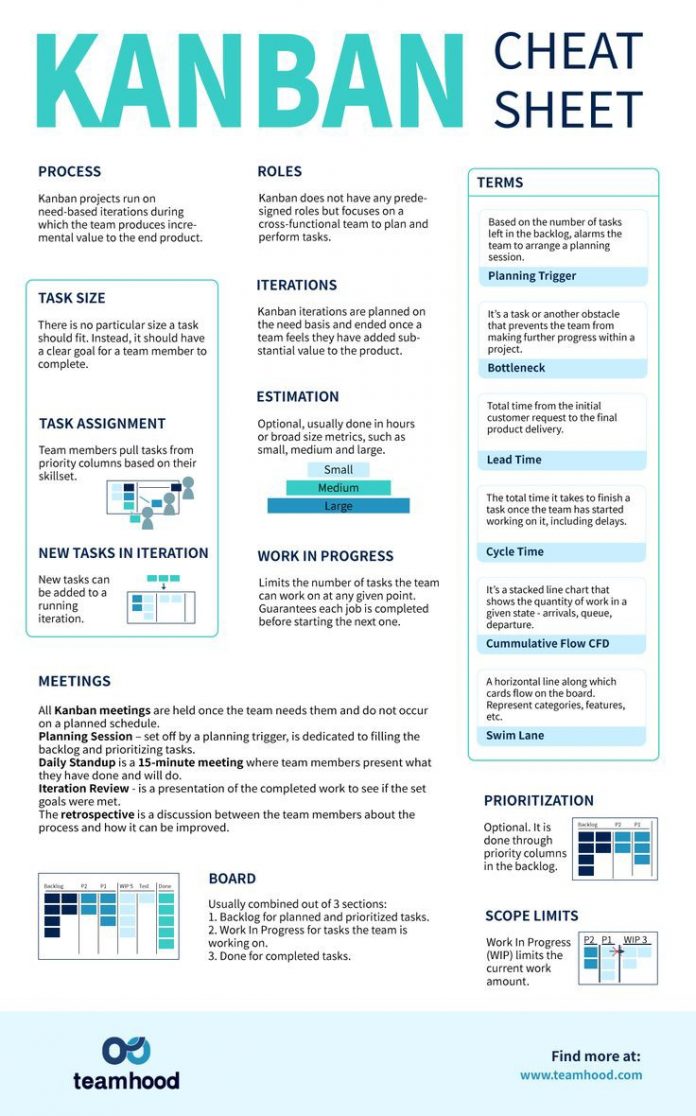KANBAN is a visual management system that originated from the Toyota Production System in the 1940s. It helps project managers to visualize their workflow, limit work in progress and optimize the process flow. KANBAN boards are a popular tool used in Agile methodologies, particularly in software development.
What is KANBAN?
KANBAN is a visual management system that provides a simple and efficient way to manage work items. It is a pull system that allows work items to be pulled into the process only when the preceding step is ready. This ensures that the flow of work is smooth, efficient and well-coordinated.
Benefits of using KANBAN
- Better visualization of workflow
- Increased collaboration and communication among team members
- Improved predictability and reduced lead time
- Better risk management and reduced bottlenecks
- Increased flexibility and responsiveness to changing requirements
How to create a KANBAN board
To create a KANBAN board, you need sticky notes, a whiteboard and a marker. Divide the board into columns, each representing a step in the process flow. Label each column with the stage name and add sticky notes to represent each task.
WIP limits
One of the key concepts in KANBAN is limiting the amount of work in progress (WIP). This helps to prevent overloading the system and ensures that work is completed in a timely manner. You can set WIP limits for each column or for the entire board to control the flow of work.
Types of KANBAN boards
There are several types of KANBAN boards, including:
- Physical boards
- Electronic boards
- Personal boards
- Team boards
- Service request boards
How to implement KANBAN:
To implement KANBAN in your project, follow these steps:
- Define your process flow and stages
- Create a KANBAN board
- Set WIP limits
- Start using the board and regularly review and update it
How to maintain a KANBAN board:
To maintain a KANBAN board, you should regularly review it and make changes as needed. This includes updating task status, removing completed tasks, and adding new tasks. You should also hold regular meetings to discuss the board and identify areas for improvement.
Integrating KANBAN with Agile methodologies:
KANBAN can be integrated with Agile methodologies, such as Scrum, to create a hybrid approach. This can provide the best of both worlds, combining the flexibility of KANBAN with the structure of Agile.
Common challenges in using KANBAN:
- Resistance to change
- Difficulty in setting WIP limits
- Difficulty in maintaining the board
- Inaccurate representation of work items
You might find these FREE courses intersting:
- Managing an Agile Team
- Simulation of KANBAN Production Control Using R Simmer
- Create a Project Management Dashboard
- Top Project Management: Life Cycle And Project
- Top Project Management Principles And Practices
Conclusion:
KANBAN is a simple and effective tool for managing projects. By visualizing the workflow, limiting work in progress and optimizing the process flow, project managers can increase efficiency and collaboration among team members. While there may be some challenges in using KANBAN, the benefits make it a valuable tool for any project manager.





